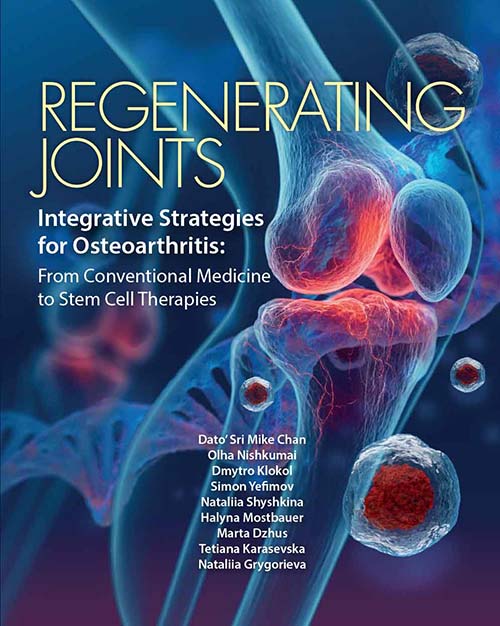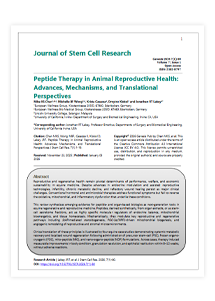Authors: Prof. Dr. Mike K.S. Chan, Dr. Olha Nishkumai, Dr. Dmytro Klokol, Dr. Simon Yefimov, Dr…
Next-Generation Regenerative Therapies in Companion Animals: Integrating Stem Cells, Mitochondrial Peptides, and Nanomized Peptides for Targeted Tissue Repair
Here’s what it’s about:
The research team connects three powerful fronts of regenerative medicine – and shows how they can work together rather than in silos:
✅ Stem cells act as the ‘repair engine’ – helping to rebuild damaged tissues and reduce inflammation
✅ Mitochondrial peptides are the ‘resilience signal’ – boosting cell energy and healing
✅ Nanomized peptides are the ‘precision carrier’ – enhancing stability and bioavailability to reach the right site at the right time
Combined, they could help in the treatment of joint issues, age-related diseases, and even organ damage – all with potentially better precision and faster recovery! The paper also discusses practical considerations (safety, dosing, standardisations) to help veterinarians translate this amazing technology into everyday practic.
💡 Why this matters:
Our pets are living longer and staying active – and that brings a surge of age-related and degenerative conditions to consider. This integrated strategy aims to deliver faster recovery, stronger function, and more quality years to our adorable friends, pairing cellular repair with metabolic support and precision delivery.
Next-Generation Regenerative Therapies in Companion Animals: Integrating Stem Cells, Mitochondrial Peptides, and Nanomized Peptides for Targeted Tissue Repair
by
Prof. Dr. Mike K.S. Chan, Prof. Dr. Michelle B.F. Wong, Krista Casazza, Dr. Dmytro Klokol and Jonathan R.T. Lakey
American Journal of Biomedical Science & Research; 28(4), 2025
https://biomedgrid.com/pdf/AJBSR.MS.ID.003697.pdf
118 Downloads
MORE PUBLICATIONS:
https://european-wellness.eu/publications/


